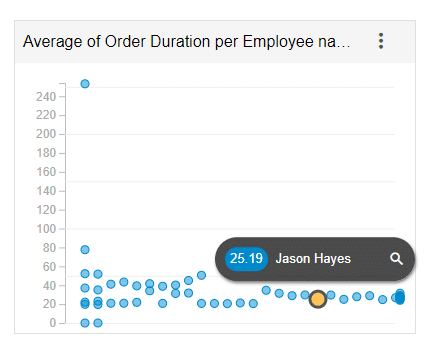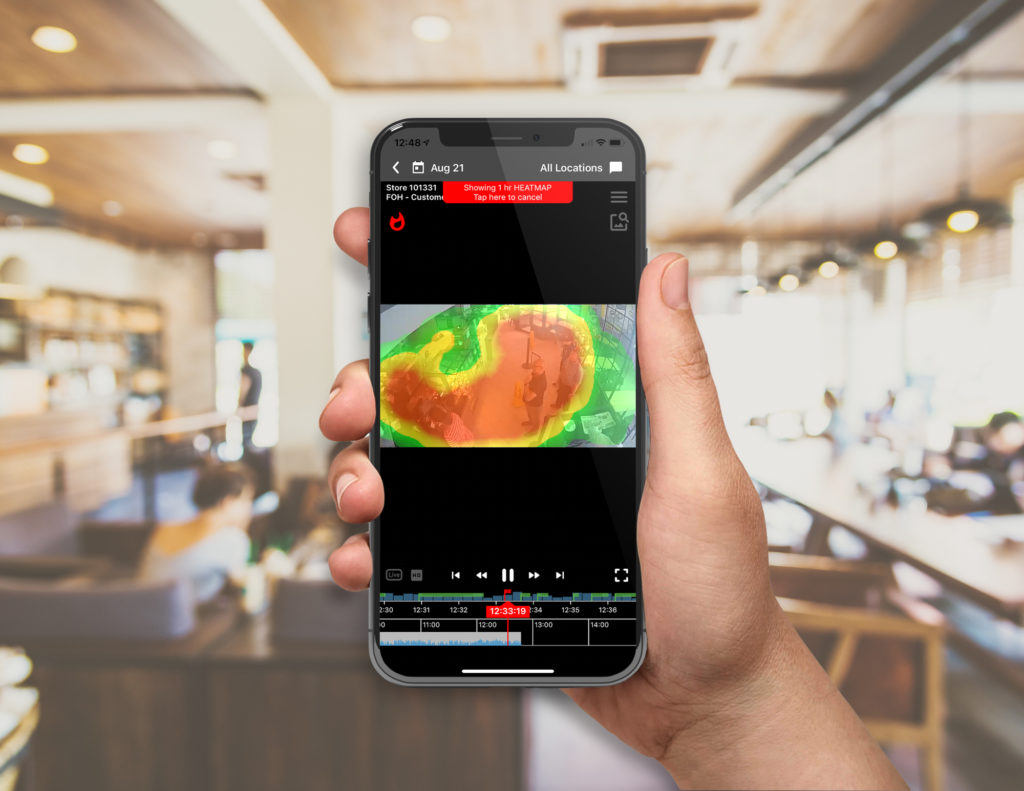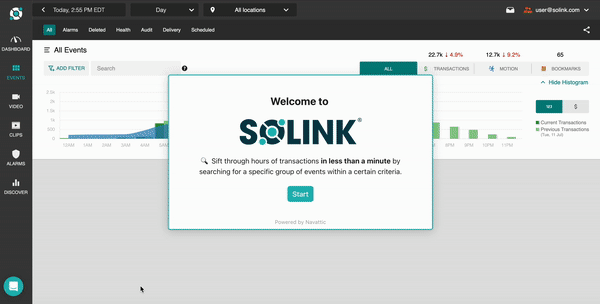When customers are waiting in long queue lines, a manager’s priority should be finding ways reduce customer wait times and minimize the impact during these periods. It’s not just about having queue lines; it’s about managing them efficiently to prevent slow service times that hinder the flow.
This not only affects the customer experience but also leads to lost sales. Therefore, focusing on strategies to reduce queue waiting times is essential for keeping customers happy and maximizing profits.
So, as a manager or business owner what are some ways you can minimize the impact during long wait periods, finding ways to reduce queue waiting times? Let’s discuss below.
How To Reduce Long Wait Times and Queue Times: Better Understanding the Customer
The Journal of Consumer Behaviour published a study on Customer’s perceived value of waiting time for service events. According to the study, the total wait time in any service situation (such as a bank or restaurant) can be divided into three cycles. In a quick service restaurant (QSR) or coffee shop, the three cycles are:
Pre-process: Customer is in line waiting to make an order.
In-Process: Customer is at the counter, gives his order to the employee, and pays.
Post-Process: Customer waits for their order to be ready
 Surprisingly, the pre-process cycle has the greatest influence on how customers perceive waiting times and service quality. A customer who has to wait 10 minutes in line before ordering will feel more dissatisfied than a customer who waits 10 minutes for their order to be prepared, even if the overall speed of service for both customers is the same. Hence, this should be the first place you look to reduce wait times. Create a faster ordering process and a longer waiting for the order to be prepared process.
Surprisingly, the pre-process cycle has the greatest influence on how customers perceive waiting times and service quality. A customer who has to wait 10 minutes in line before ordering will feel more dissatisfied than a customer who waits 10 minutes for their order to be prepared, even if the overall speed of service for both customers is the same. Hence, this should be the first place you look to reduce wait times. Create a faster ordering process and a longer waiting for the order to be prepared process.
Research also shows that a customer’s perception of how long they waited has a much stronger influence on customer satisfaction scores (CSAT) than actual wait times.
The bad news is that people tend to overstate how long they waited since their perception is highly subjective and influenced by factors such as personality, expectations, being in a rush, etc. The good news is that:
- You can influence the way they experience waiting with this knowlege.
- You can optimize your business operations to reduce the frequency of slow service times and long queues.
Step One: Know your service level target and implement it
Call centers often use an “80/20” service level target, meaning that 80% of calls should be answered in 20 seconds.
The service level target can be defined as follows: the percentage of customers/calls/orders that should be served/answered/completed within a predefined time threshold.
When determining what your service level target should be, you want to find the right balance between your desire to deliver quality service versus the cost you’re willing to bear to achieve it. It also matters where your customers are waiting. For example, customers at the drive-thru have a different speed of service expectation than those indoors. 
For instance, a call center that adopts the 80/20 rule has determined that it isn’t profitable to hire additional staff in order to answer 100% of calls in 20 seconds. In most cases, it isn’t profitable to operate at full capacity all the time so it’s acceptable to have some service events outside of your target.
Another good example is agrocery store may set a service level target of having 90% of customers checked out within five minutes during peak hours. This target acknowledges that it’s not always feasible to have every checkout lane fully staffed at all times, but it ensures that the majority of customers experience speedy service.
In essence, service level targets serve as invaluable benchmarks for businesses across various sectors, ensuring a delicate equilibrium between delivering quality service and optimizing operational costs, thereby enhancing overall customer satisfaction and organizational performance.
If you are having trouble meeting your service level target, consider looking into the ways that technology can improve customer service. Solink, for example, has the ability to keep track of your sales within it’s software, including exactly how long each one takes. Utilizing point of sale tracking is paramount in understanding service speed and even employee performance. It can let you know how to train your employees better to meet your target.

Step Two: Know your peak hours to better focus and implement a service target
In step two we look at optimizing service targets, businesses are able to leverage Solink’s comprehensive security software to gain deep insights into your business’s peak hours and busiest time frames. Solink’s innovative platform offers a suite of powerful tools, including heatmaps, sales tracking, and motion tracking, enabling you to understand customer behavior and operational patterns with precision. By harnessing these insights, you can strategically implement things like correct staffing numbers, correct staff members and the right amount of open points of sales in order to keep things as close to your service target as possible.
With Solink’s advanced analytics capabilities, businesses can unlock valuable data-driven insights to drive operational efficiency and improve service delivery. It’s all about identifying peak hours and busiest time frames, so one can proactively streamline processes and prioritize service initiatives during the key moments of high demand from customers.

Step Three: Better expect when service delays could occur and train staff for those moments
Now that you have a service level target and an understanding of your busiest hours, it does not mean that service delays or short staffing still may not take place. There are several practical things that managers can do to keep customers happy during unexpected service delays:
- Give customers clear and conservative information that will help them estimate their wait time.This reduces their level of anxiety caused by the uncertainty of the situation.
- Have staff be prepared for these types of situations via training on how to speak to customers in these circumstances. Reiterate that it is still about the customers perception of the waiting and drive empathy for the customer.
- Under promise, over deliver. For example a restaurant host can give customers a longer than expected waiting time, say 20 minutes. If customers end up waiting just 10 minutes, they will feel happier since they expected to wait twice as long.
- Do not give the impression of making the same mistake twice.Apologizing to a customer a second time about additional delays will only make them more upset than if you admit to service delays just once. Give them the worst case expected waiting time so you do not need to have a second conversation.
These are just some of the ways that youremployees can improve customer experience.
Step Four: Focus on the perceived wait time
Sometimes you just can’t keep up with how busy your business is. In these cases, sometimes the best thing you can do is focus on perception. Consider offering distractions that keep people happy while they are waiting.
With Solink as your main source of software integrated with your security and with knowledge from heatmaps, peak times of sales and motion detection, a business should be able to offer good music, reading material, TVs, and free WiFi as the simplest ways to reduce the perceived wait time. Furthermore, people are less likely to be annoyed if they are sitting, so see if you can add ample sitting in certain waiting areas.

Another thing you can do is make it easier to zone out without being worried about missing your turn. Listening for your name to be called or having to remain in a line focused on moving forward makes the wait weigh heavily on your mind. Instead, allow people to take a number, or use alarm pucks so they can continue to move around until it’s their turn.
Tips from your peers: reducing wait times
Based on Solink’s actionable insights, our customers offer these great tips for improving wait times:
- Optimize staffing levels: Trends in your sales history and service speed will help you to predict how busy you will be certain days or shifts of the week. Overall, 66% of Solink users say they save 1–10% on staff expenditures by reviewing their Solink platform regularly.
- Identify staff training needs: You can achieve better throughput by providing staff training in the areas that are needed most. Identify the employees or stores that have slower service times compared to the rest and investigate the transactions with slowest order time or longest time between orders. Indeed, 42% of Solink users report saving 12 hours a month using Solink’s video security and POS integration data to identify theses kinds of problems.
- Find inefficiencies or bottlenecks: By removing an inefficient step or a bottleneck in the operational process, you can shave seconds, or even minutes, from the average order time. You don’t have to leave these discoveries to chance if you have the right analytical tools. In fact, 92% of Solink users report that they save 5–20% on their business operations costs by reviewing their day with Solink.
Conclusion
Businesses are already collecting data that can help them improve operations and service times. It’s just a matter of using the right analytical tools to find the right information, making smart changes, and tracking the success of your hard work.
Reduce wait times FAQ
What specific technologies can businesses implement to accurately measure and reduce queue times?
Businesses can utilize various technologies to enhance queue management and reduce wait times. Virtual queue management solutions, such as WhatsApp Queuing, allow customers to join a digital queue and receive real-time updates on their queue status, significantly reducing the need for physical waiting in lines.
Self-service kiosks provide a means for customers to perform tasks like check-in, ticket printing, and appointment booking independently, streamlining the service process. Additionally, data-driven predictive planning tools use queue data analytics to inform decision-making, leading to improved service delivery and customer satisfaction.
How do customer demographics and behaviors influence strategies for managing wait times and improving service delays?
Understanding customer demographics and behaviors is crucial for tailoring queue management strategies effectively. For instance, digital queue management systems offer personalized experiences by allowing customers to sign in electronically, reducing both actual and perceived wait times.
These systems can adapt to various customer preferences, such as the desire for self-service options or the need for more personalized service, indicated by the use of one’s name during service encounters. AI queue management systems further refine this approach by using predictive analytics to forecast customer traffic and tailor resource allocation accordingly, providing a seamless experience tailored to customer behaviors and expectations.
What are the most effective ways to communicate with customers about wait times and service delays to maintain transparency and customer satisfaction?
Effective communication with customers about wait times and service delays can significantly enhance their experience. Digital signage can be used to display real-time information about queue lengths and wait times, managing customer expectations effectively.
Mobile queue management options, such as virtual queuing and mobile notifications, inform customers about their wait time and service status, allowing them to use their time more effectively rather than waiting in line. Additionally, AI-powered queue management systems can send mobile notifications to customers, providing them with updates on their queue status and reducing frustration associated with uncertainty.
These technologies and strategies collectively contribute to a more efficient, transparent, and satisfactory customer service experience, addressing the challenges of long wait times and service delays.
Find suspicious cash handling in your business
Learn how easy it is to uncover suspicious cash handling in our self-guided tour.
